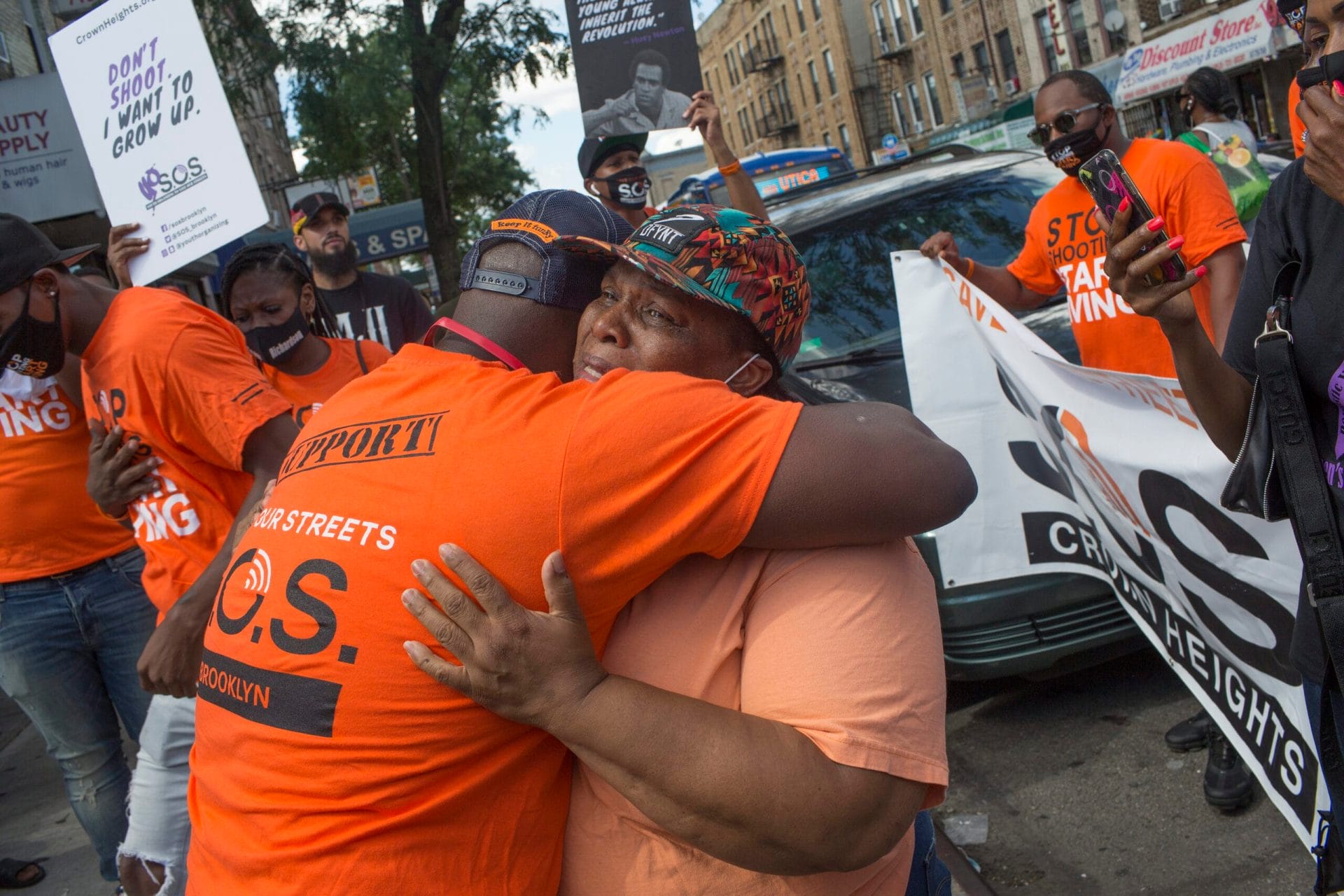
How Counties Can Help Stop Community Violence
County governments play a unique role in addressing gun violence in their communities.
Gun violence has plagued our communities for decades. But while mass shootings may capture the public’s attention, the major driver of this epidemic is the daily shootings in cities and neighborhoods, typically referred to as community violence. For far too long, this type of gun violence—and its evidence-based solutions—have been left out of the national conversation about public safety.
But in recent years, we’ve seen the community violence intervention (CVI) field start to gain the attention of many levels of government, from the Biden administration to state and municipal leaders, alongside an impressive increase in funding and the wider adoption of CVI solutions across the country.
One level of government, however, has not had a prominent role in addressing community violence—but it should. County governments must also be part of the conversation when we discuss key strategies to end the gun violence crisis.
GIFFORDS Center for Violence Intervention’s latest report, All Hands on Deck: The Role of Counties in Addressing Community Violence, explains why counties matter so much. Because of their size and position above city governments, counties are well-positioned to smoothly coordinate violence reduction efforts across a region. In fact, in some geographic areas, county governments may be the only public entity in a position to implement violence reduction services.
Several counties across the US are building out robust programs to directly tackle community violence. In All Hands on Deck, we take a deep dive into the efforts of three very different counties in different regions, highlighting how they can provide a model for other counties to support strategies to curb community violence:
- Allegheny County, Pennsylvania
- Harris County, Texas
- Los Angeles County, California
Each of these counties has distinct political, demographic, and community violence dynamics. They have also each made tremendous strides toward developing a comprehensive county-wide response to violence. As a result, in 2023 Allegheny County saw a 16% decline in homicides and the lowest total since 2019, while Harris County had a 15% decline in that same period. Between 2021 and 2023, homicide levels in Los Angeles County declined nearly 25%. Explore our report for more detail about how they did it.
While there is no one-size-fits-all approach that can be simply copied and pasted from place to place, there are four basic elements that can provide the foundation for an effective county-level response to community violence:
- Prioritizing proper data collection and problem analysis
- Funding evidence-based strategies in disproportionately impacted communities
- Encouraging coordination and collaboration among a wide array of stakeholders
- Building capacity and improving frontline worker wellness
Saving lives from gun violence—one of the most pressing public health crises of our time—requires an all-hands-on-deck approach. It’s time for county governments to take direct responsibility for their part of the solution.
We’ve seen that it can be done, and now we need a bold, nationwide commitment to action. County leaders across America must bring more stakeholders to the table—themselves included—and support collaboration, coordination, and the capacity of community-based organizations working on the front lines to stop shootings before they happen.

EVENT
2025 CVI CONFERENCE
Giffords Center for Violence Intervention will host its first annual Community Violence Intervention Conference in Los Angeles on June 16 & 17.
Learn More


